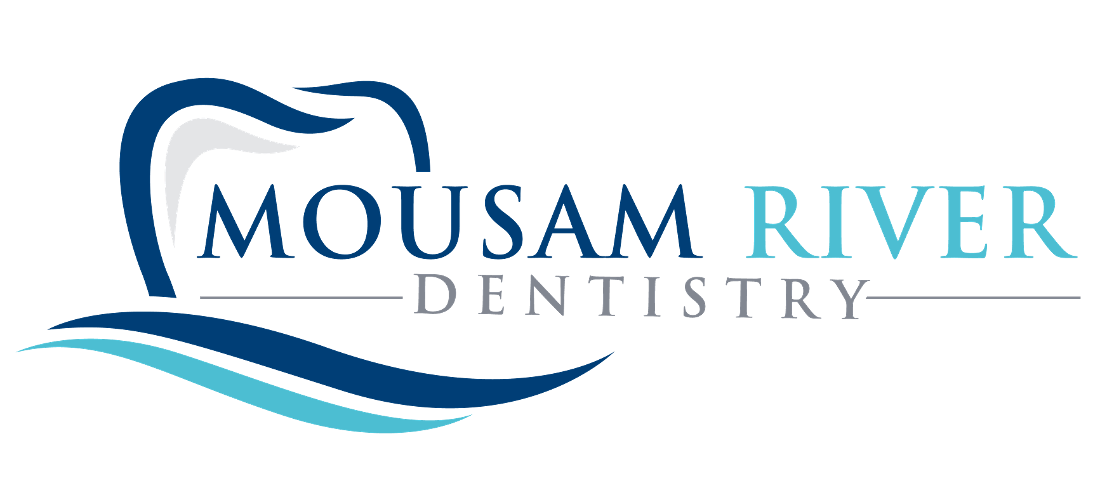We are proud to offer the latest in modern dental technology and techniques to our patients so you can enjoy the most comfortable, efficient, and effective dentistry possible.
Feel free to read on to learn more about the technology we use in our practice.
In-Office CAD-CAM Milling
In-office dental milling is a digital process that allows a dentist to create custom dental restorations, such as crowns, bridges, and veneers, during a single appointment. It begins with an intraoral scan to create a digital impression, which is then used to design the restoration using CAD software. The design is sent to a CAM-controlled milling machine that precisely carves the restoration from a solid block of material like ceramic or resin. This eliminates the need for a separate dental lab and can be completed in one visit, leading to faster treatment and improved efficiency for the practice and the patient.
The Process
- Digital Impression: An intraoral scanner captures a digital image of the patient's teeth, replacing traditional messy impressions.
- CAD Design: The dentist or a trained assistant uses the digital impression to design the restoration using specialized CAD software.
- Milling: The digital design is sent to an in-office milling machine, which uses high-speed tools to precisely carve the restoration from a solid block of material.
- Finishing and Bonding: After the restoration is milled, it is polished, adjusted, and then permanently bonded or cemented into the patient's mouth.
Benefits
- Single-visit treatment: Procedures that once required two or more appointments can often be completed in a single visit, making it more convenient for patients.
- Greater efficiency: Dentists can control the entire process from start to finish, ensuring accuracy and reducing the wait time for the patient.
- Improved patient experience: Fewer appointments and faster treatment can lead to greater patient satisfaction.
Materials
The milling machine carves the restoration from a block of material, which can include:
- Zirconia
- Glass ceramic
- Composite resin
- Metal alloys like titanium or cobalt
Intraoral Scanners
An intraoral scanner is a handheld device that creates a 3D digital impression of a patient's teeth and gums. It's often shaped like a wand or large pen. The data from an intraoral scanner can be used to create several things in dentistry including dental restorations, sleep appliances, aligners and surgical guides for precise implant placement.
Intraoral scanners have many advantages over traditional impressions, including-
Speed: Intraoral scanners are much faster than traditional impressions.
Accuracy: Modern intraoral scanners produce high-precision results.
Comfort: Intraoral scanners are more comfortable for patients than traditional impressions.
Material: Intraoral scanners require less material than traditional impressions and are eco friendly.
Breathing: Intraoral scanners don't obstruct breathing.
Gagging: Intraoral scanners don't cause gagging or aspiration.
FUN FACT: Our intraoral scanners take ~70 individual pictures PER second to generate high quality scans of your teeth & mouth!
Digital X-Rays
Modern digital dental x-rays benefit patients in a number of ways:
- Digital x-rays expose patients to considerably less radiation than conventional film x-rays
- Digital x-rays require almost no time for development, reducing time spent waiting in the dental chair
- Digital x-rays allow for incredibly precise and accurate images for timely diagnoses
- Digital x-rays are securely stored in your digital file and can be securely sent to your insurance company or specialists, when necessary
- Because no chemicals are needed for developing and no space is needed for film storage, digital x-rays are better for the environment
3D X-rays
A CBCT X-ray, which stands for "Cone Beam Computed Tomography" X-ray, is a specialized dental imaging technique that produces detailed three-dimensional (3D) images of the teeth, jawbone, and surrounding structures, providing a more comprehensive view compared to traditional 2D dental X-rays, allowing dentists to accurately assess dental anatomy and plan treatments like implants or complex procedures with greater precision; essentially, it's a 3D scan of the mouth and jaw using a cone-shaped X-ray beam that rotates around the patient's head to capture data from various angles.
3D Printers
A "dental 3D printer" is a specialized machine used in dentistry to create precise, custom-made dental appliances like crowns, bridges, dentures, aligners, surgical guides, and models by layering a photopolymer resin based on a digital scan of a patient's teeth, essentially allowing for highly detailed replicas of oral anatomy to be printed directly from a computer-aided design (CAD) file, significantly improving the accuracy and efficiency of dental procedures compared to traditional methods; this technology is considered a key part of "digital dentistry."
FUN FACT: We use 3D printers so much that we currently have 4 of them in our office!
Lasers
Lasers are a device that uses semiconductor technology to emit a concentrated beam of light, which is absorbed by soft tissue in the mouth, allowing dentists to perform various procedures like gum surgery, periodontal therapy, and even teeth whitening with minimal discomfort and improved healing outcomes!
Intraoral Cameras
What if you could see exactly what your dentist sees? You'd probably find it simpler to make informed decisions about your oral health!
Intraoral cameras allow you to do precisely that. Using a small digital camera embedded in a wand, the dentist can move it around your mouth and transmit the images instantly to a chairside monitor. This allows you to clearly see everything the dentist describes, including damage to the teeth and signs that might indicate periodontal disease.
